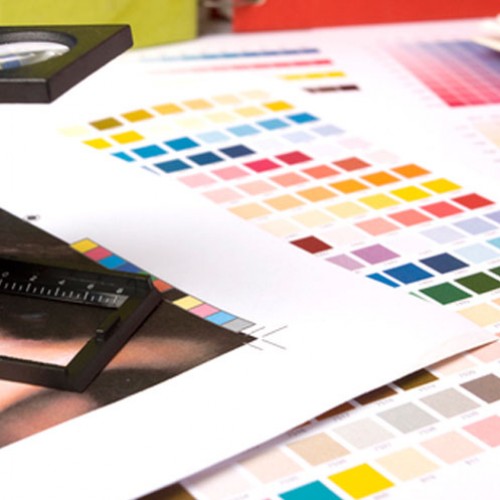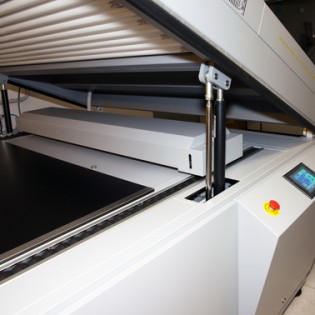There are many types of label adhesives to choose from and selecting the right one can sometimes be an intimidating process. In this post, you will not only learn more about the common types of label adhesives but their adhesive properties as well. This will allow you to find the right “stick” for your custom labels with ease.
In most cases, you will only need to take note of three main categories. They are simply known as repositionable, removable and removable. Within these categories, the pressure sensitive adhesives have different properties. Read on to learn more about the various adhesive types as well as why they are used.
Repositionable
Repositionable types are usually designed for short-term removability and allow the user to reapply or reposition their label(s) easily. Repositionable adhesives can save you tremendous amount of resources and time in the long term. For example, it will be easy for you to correct a crooked label on a container or reapply it to another surface without compromising the original adhesion. In addition, the adhesive can also eventually become permanent, but it depends on which type of repositionable adhesive you used. The time between permanent bonding and initial application depends on the formulation of the adhesive.
Removable
If you opt for removable adhesives, you can remove the label after application without damaging both the surface it is applied on and the label itself. However, you must do so within a certain window of time. Removable types are often ideal for limited-time promotions, sales coupons and marking items temporarily. However, you should note that temperature fluctuations can affect the label’s removable capabilities and overall stickiness.
Permanent
Many users that print labels often opt for permanent adhesive types as they are more budget-friendly and can work for most label applications. In addition, permanent adhesives can provide a stronger bond with the item they are applied to. If you attempt to remove permanent label adhesive types, you can risk damaging the item, label or both. Permanent adhesives are often used in container labels as these labels can be applied by mass-production machinery which helps reduce human error.
Common Label Adhesive Properties You Should Know
Different label adhesives can have varying properties even if they are categorized as the same type. Here is quick look at some of the basic properties to help you determine an adhesive’s performance:
- Solvent Resistance: This determines how well an adhesive fares when it is exposed to solvents like plasticizers, petrochemicals, alcohol and water without losing adhesion.
- Service Temperature Range: The temperature range which an adhesive builds up to its ultimate adhesion or can function in after the label is applied. In most cases, pressure sensitive adhesives used with paper label stocks can function between -65 °F to 200 °F. Film label stocks, on the other hand, can withstand temperatures of up to 300 °F.
- UV Resistance: Labels that are exposed to UV light for extended periods are susceptible to weakened adhesion and/or color changes. UV resistance is often needed if the labels and their adhesives will be exposed to UV light during the printing process.







